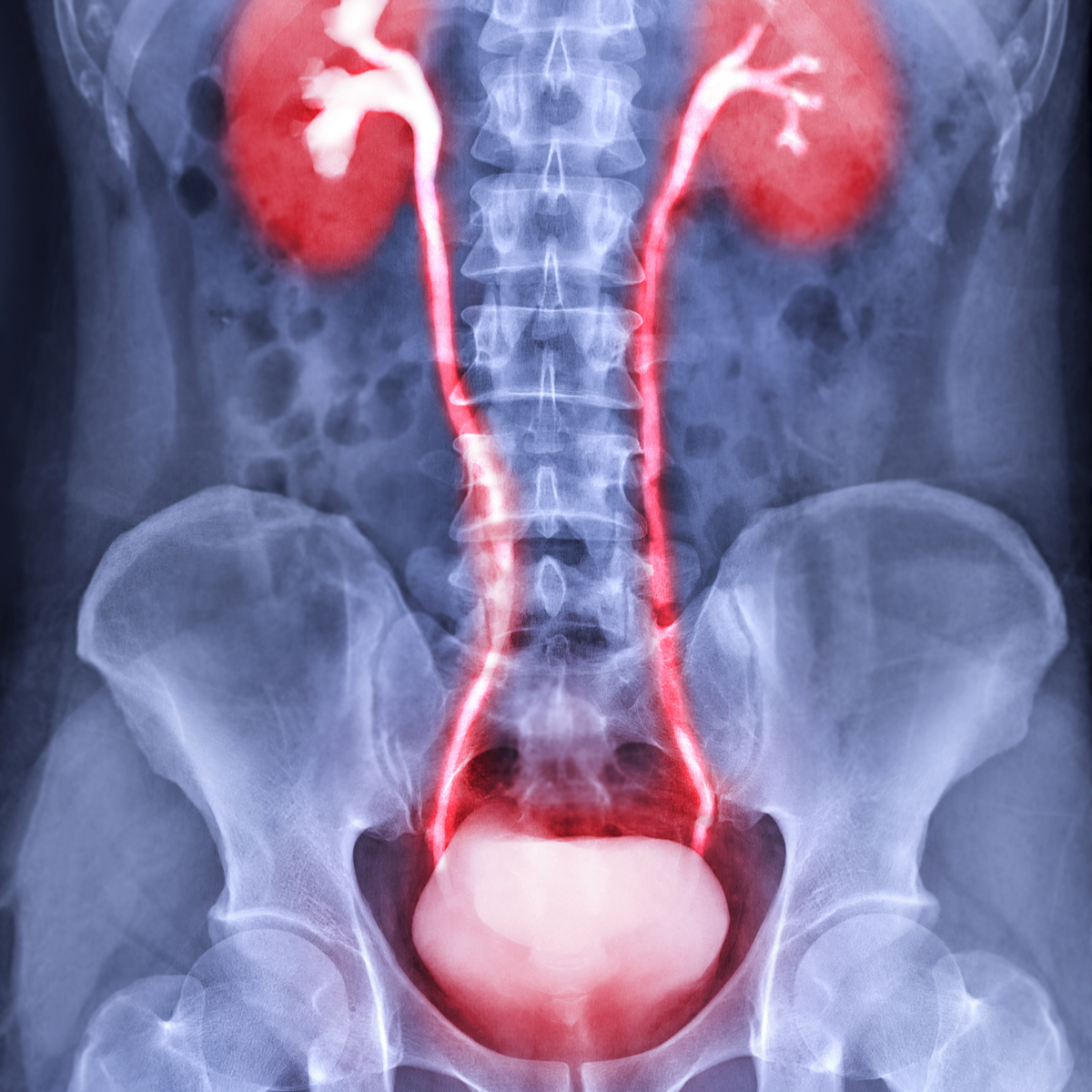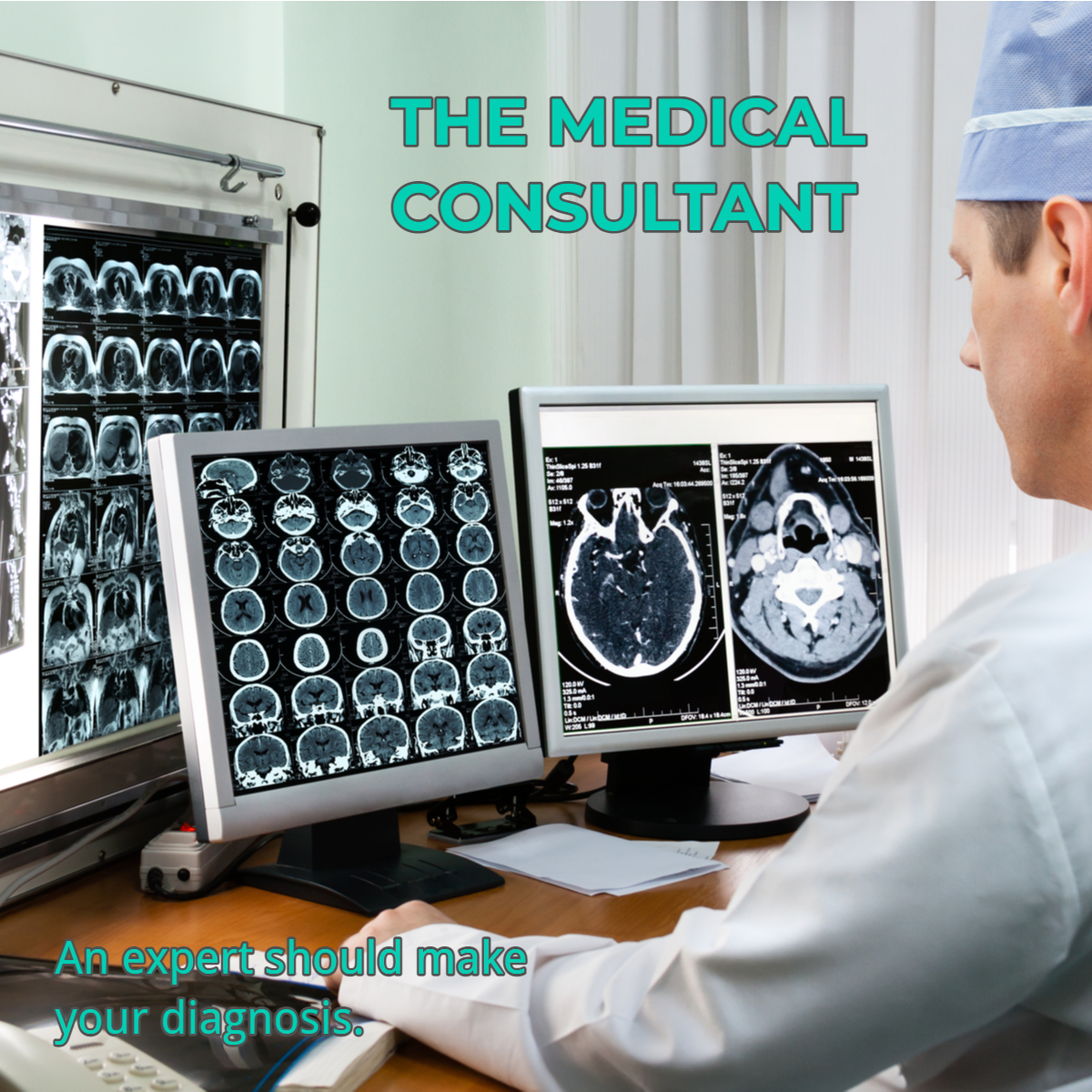When your doctor orders your radiology exam to be performed with intravenous contrast it will usually add to the ability of the radiologist to make your diagnosis from a CT scan. The agent injected intravenously contains iodine which allows for better visualization of blood vessels, some soft tissues, your internal organs, and many disease states such as cancer. However, it is important to know more about this agent which is injected into your body which can take several months to be eliminated. Once the iodine is injected, it diffuses into the extracellular space of your tissues which is why it helps your radiologist see things better on a CT scan. However, what happens to all that contrast after it is injected into your body is important to understand.
After the contrast moves out of your blood vessels and into the extracellular space it has two primary pathways to be removed. The first is uptake by your thyroid gland and the second is through your kidneys filtering the contrast into your urine to be excreted. It can take on average 43 days for an individual’s iodine level in their urine to return to baseline. Luckily most people who have normal kidney function can expect their kidneys to clear the agent from their body without adversely affecting their kidney function. However, there are certain individuals who are at risk of having worsened kidney function or failure after a contrast CT exam.
Contrast-induced nephropathy (CIN) is the name for a decline in kidney function within the first 48 to 72 hours after receiving intravenous contrast and can occur in 2% of the population. Symptoms can range from feeling more tired, swelling in the hands and feet, dry and itchy skin, to diminished kidney function and sometimes kidney failure. The risk of CIN is much higher in certain populations of patients and therefore these individuals should always have lab tests to screen for underlying kidney disease before they receive iodinated contrast. These higher-risk patients include people with chronic kidney disease, diabetes, hypertension, heart failure, end-stage liver disease, history of multiple myeloma, chemotherapy in the last month, or older than 60 years of age.
Receiving intravenous contrast is extremely helpful to the radiologist who interprets your examination and can dramatically increase a radiologist’s sensitivity to diagnose many conditions. However, knowing that there is some risk, although very small in receiving the contrast is important for all patients to know, especially when they fall into the above high-risk categories.



